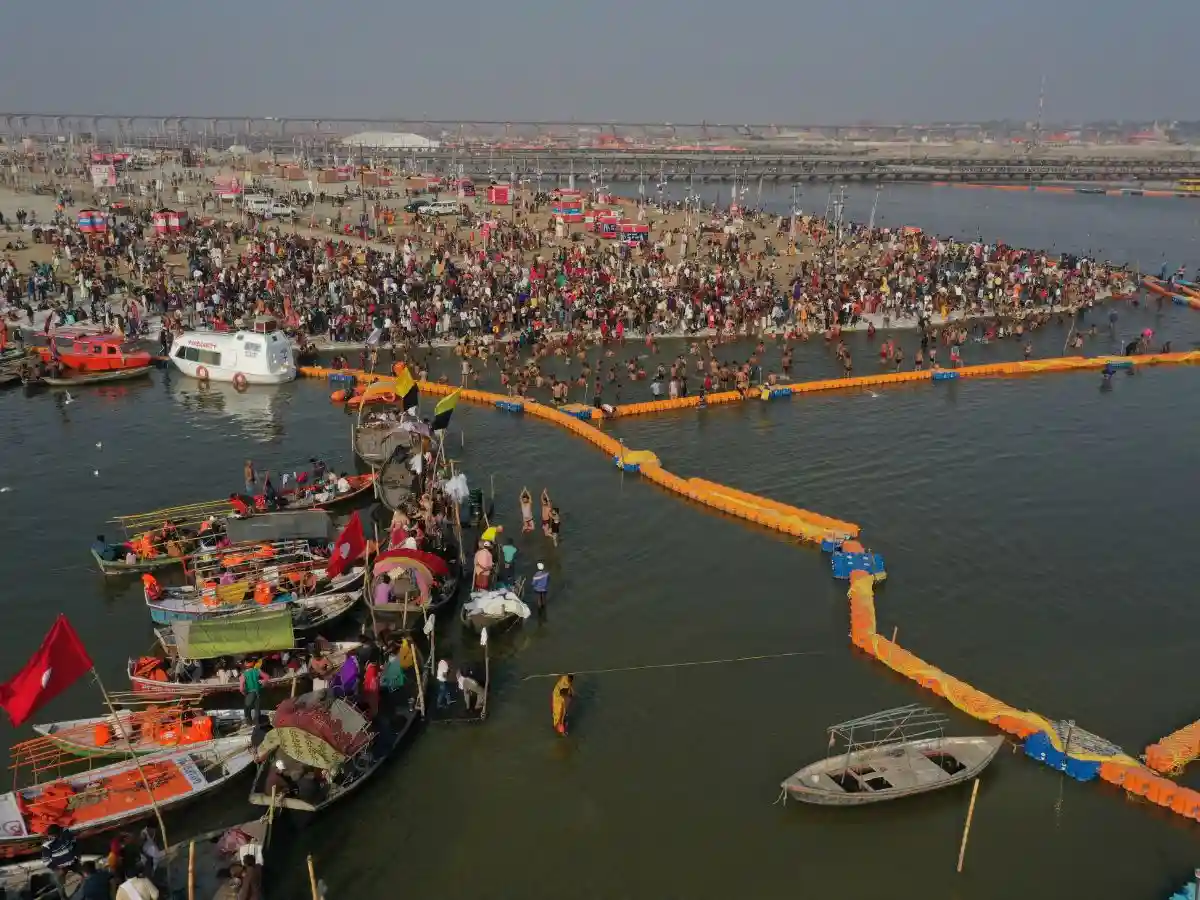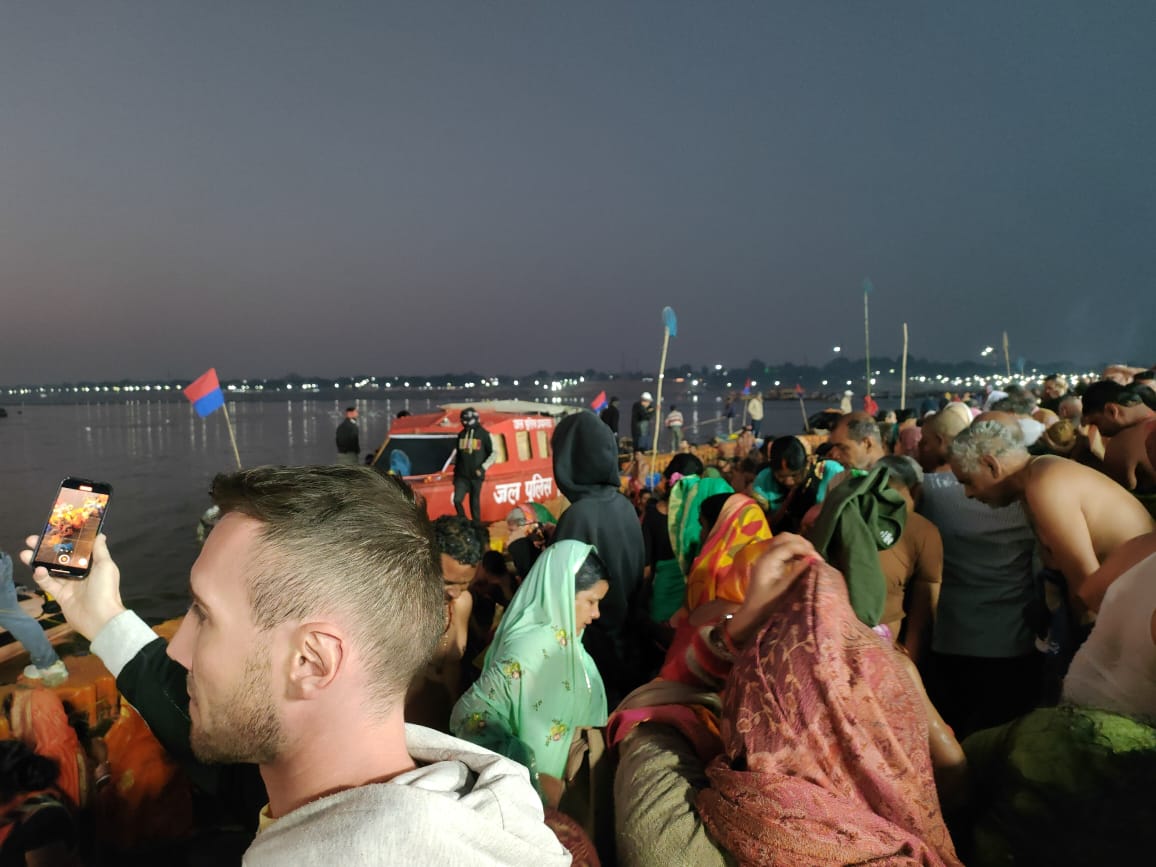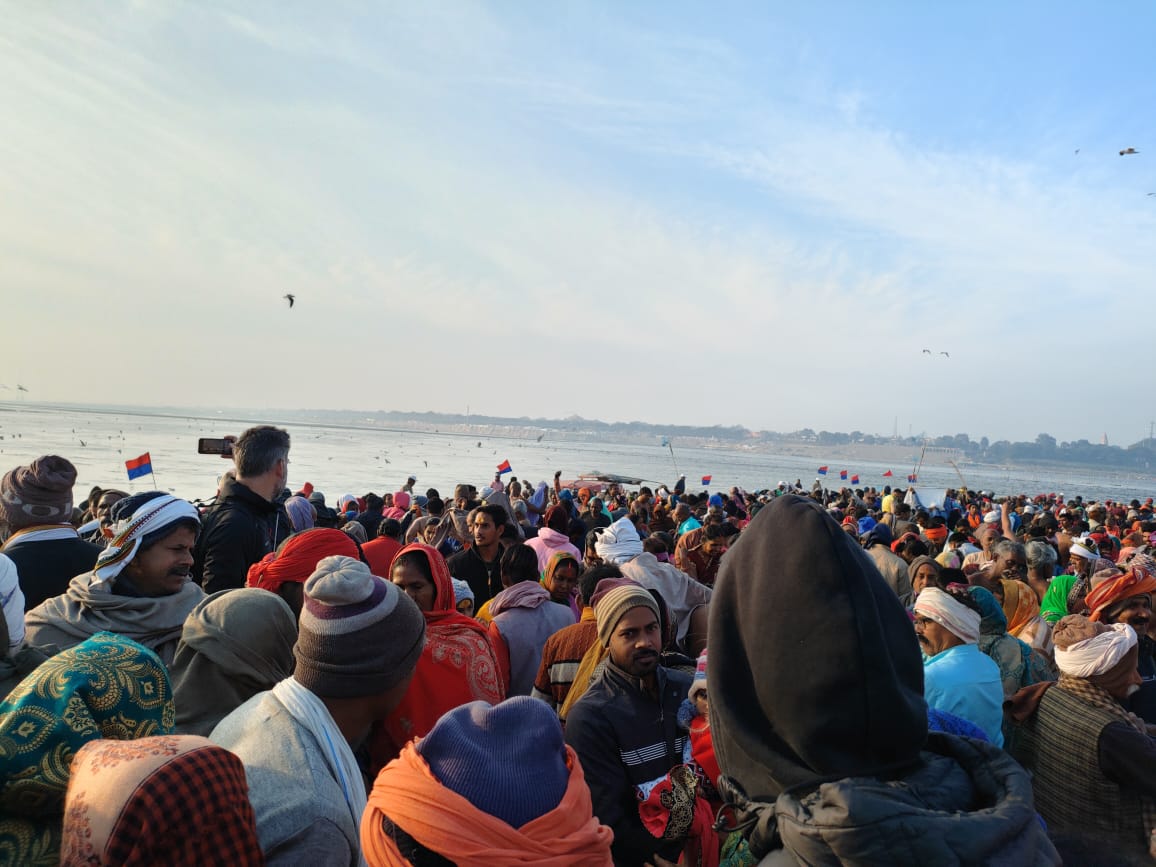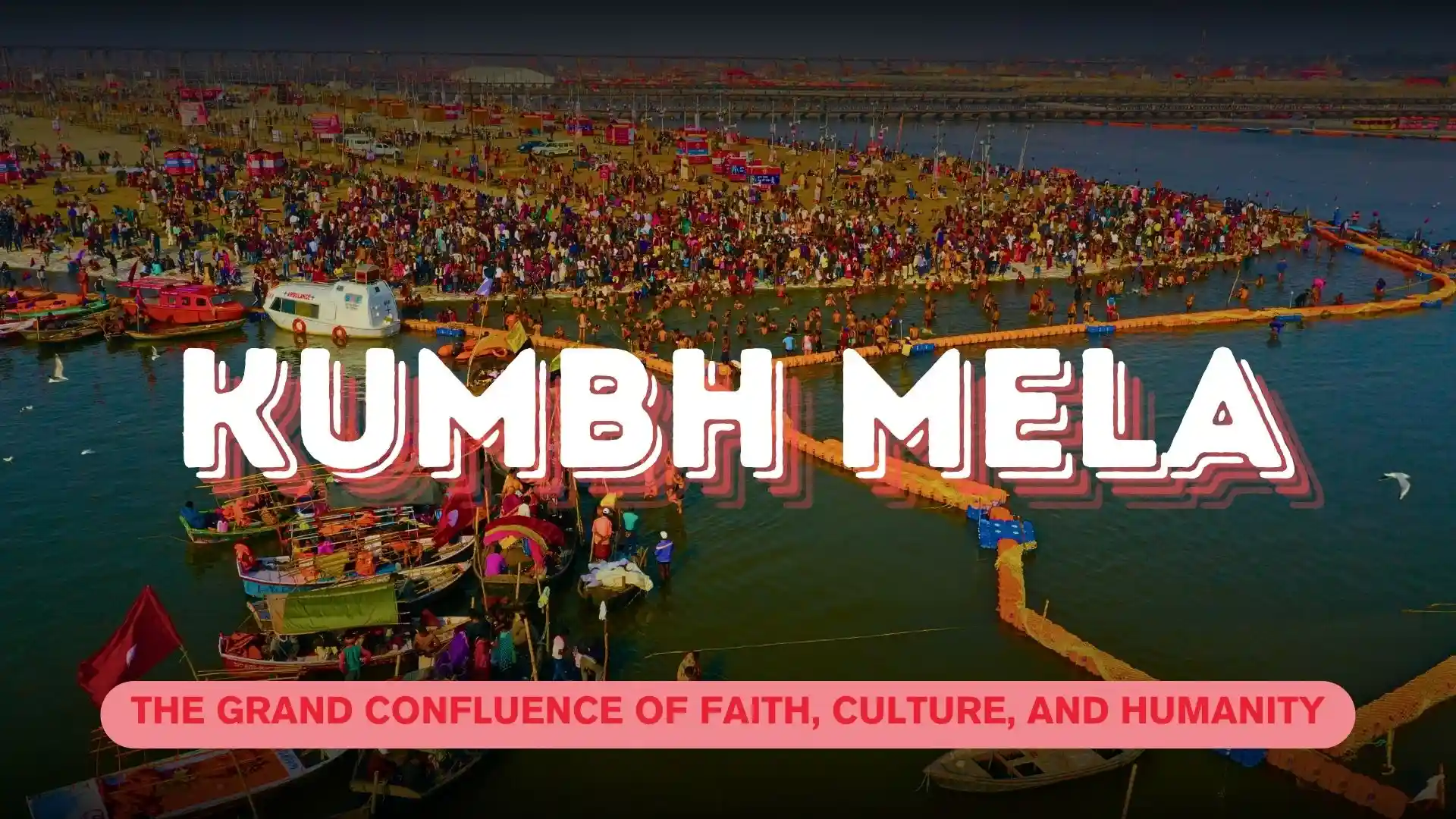Kumbh Mela: The Grand Confluence of Faith, Culture, and Humanity
Introduction to Kumbh Mela
Kumbh Mela is a historic Hindu religious festival and pilgrimage that is regarded as the world’s largest peaceful gathering. Held once every twelve years at four rotating locations in India—Haridwar, Prayagraj (Allahabad), Nashik, and Ujjain—the Kumbh Mela attracts millions of pilgrims from all over the world who come to take a holy dip in the sacred rivers.
This ritual bath, which is said to purify sins and help with salvation, is essential to the festival’s spiritual meaning. The origins of the Kumbh Mela can be dated back to ancient mythology, specifically the story of the churning of the ocean (Samudra Manthan), which represents a permanent fight between good and evil. Kumbh Mela, with its dynamic blend of prayers, cultural festivities, and diverse gatherings of ascetics and pilgrims, is a powerful symbol of India’s rich spiritual tradition and following faith.
History and Significance of Kumbh Mela
History:
The Kumbh Mela has its roots in ancient Hindu literature, specifically the Puranas. The festival’s origins belong to the historical story of Samudra Manthan, or the churning of the ocean of milk. According to tradition, gods and demons churned the seas to get Amrit, the elixir of immortality. During this celestial event, a furious battle started and drips of the precious elixir dropped in four places on Earth: Haridwar, Prayagraj (Allahabad), Nashik, and Ujjain. These locations became sacred places for the Kumbh Mela, with the belief that bathing in the holy rivers during the festival would cleaning unpurity of soul.
Significance:
The Kumbh Mela is very significant to Hindus when it comes of spirituality and faith. It is regarded as a strong occasion for spiritual cleansing and mercy. The Shahi Snan (royal bath) is the highlight of the festival, with millions of pilgrims, sadhus, and yogis coming to the sacred rivers in the hope that it will cleanse them of their sins and help them achieve moksha (freedom from the cycle of birth and death).
Kumbh Mela is also an exciting cultural festival that celebrates India’s diverse traditions, rituals, and spiritual practices. It facilitates religious speech, cultural exchange, and social contact among varied populations. The festival’s massive scope and the devotion it inspires highlight the participants’ continuing faith and solidarity, making Kumbh Mela a one-of-a-kind and significant event in Indian spiritual history.

Places of Kumbh Mela
The Kumbh Mela is held at four sacred locations in India, religious significance:
Haridwar:
River: Ganges
Significance: Haridwar is considered one of the seven holiest places in Hinduism. The Ganges River is believed to have descended from heaven at this spot, making it a prime location for spiritual purification.

Prayagraj (Allahabad):
Rivers: Confluence of Ganges, Yamuna, and the mythical Saraswati
Significance: Prayagraj, known for the Triveni Sangam, is the meeting point of three sacred rivers. This confluence is considered exceptionally holy, and bathing here is believed to lead to salvation.
Nashik:
Rivers: Godavari
Significance: Nashik, located in Maharashtra, is associated with many episodes from Hindu mythology, including the exile of Lord Rama. The Godavari River is revered as a purifying river.
Ujjain:
Rivers: Shipra
Significance: Ujjain is one of the seven sacred cities in Hinduism. The Shipra River, with its historical and mythological associations, makes Ujjain a vital pilgrimage site.

Date of Kumbh Mela
The Kumbh Mela follows a specific cycle based on astrological alignments. There are four types of Kumbh Melas, each with a different frequency:
Maha Kumbh Mela:
Frequency: Every 12 years
Place: Prayagraj (Allahabad)
Purna Kumbh Mela:
Frequency: Every 12 years, rotating between Haridwar, Nashik, and Ujjain
Place: Haridwar, Nashik, Ujjain
Ardh Kumbh Mela:
Frequency: Every 6 years
Place: Haridwar, Prayagraj (Allahabad)
Kumbh Mela:
Frequency: Every 3 years, rotating between the four locations
Place: Haridwar, Prayagraj (Allahabad), Nashik, Ujjain
The specific dates of the Kumbh Mela are determined by the Hindu lunar calendar and the positions of Jupiter, the Sun, and the Moon. Here is an example of the schedule for upcoming Kumbh Melas:
2025: Maha Kumbh Mela in Prayagraj (Allahabad)
2027: Ardh Kumbh Mela in Haridwar
2030: Kumbh Mela in Nashik
2033: Purna Kumbh Mela in Ujjain
For accurate dates and detailed schedules, it is recommended to refer to official announcements and local authorities as the festival approaches.
Cultural Aspects of Kumbh Mela:
Festivities and Performances: Kumbh Mela is a vibrant cultural festival featuring traditional music, dance, and dramatic performances. Cultural programs, exhibitions, and fairs showcase India’s rich artistic heritage.
Diverse Traditions: The event brings together a diverse array of rituals and practices from different regions, reflecting India’s vast cultural diversity.
Processions and Displays: Colorful processions, especially those led by Naga sadhus (naked ascetics), are a highlight
Conclusion
The Kumbh Mela is a special gathering of spirituality, culture, and humanity. As one of the world’s greatest religious gatherings, it provides a fascinating insight into India’s rich history and the continuing force of faith. The event’s mix of rituals, cultural displays, and social interactions highlights India’s variety and unity. Kumbh Mela is a transforming experience for all who take part or watch it, emphasizing the timeless pursuit of spiritual enlightenment and communal harmony.

